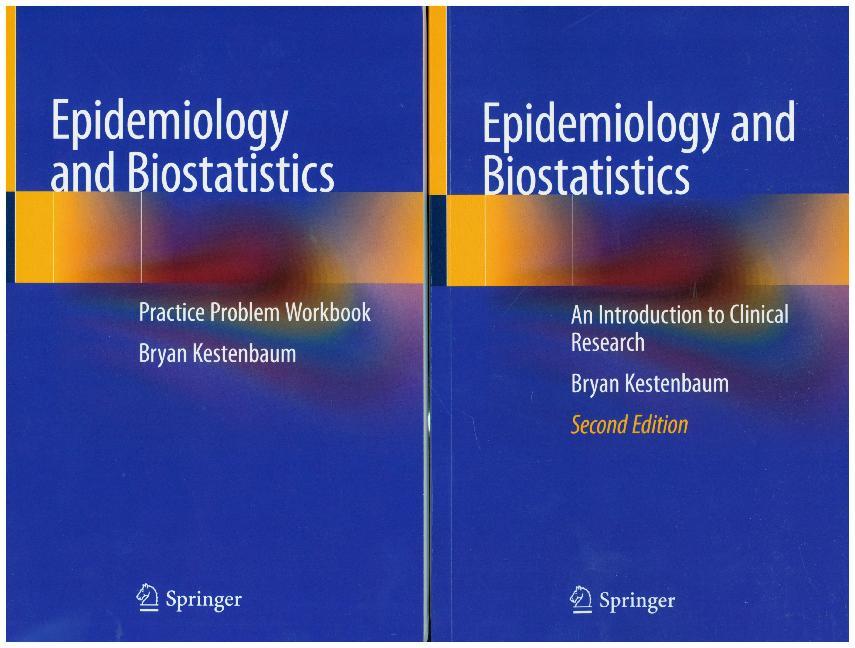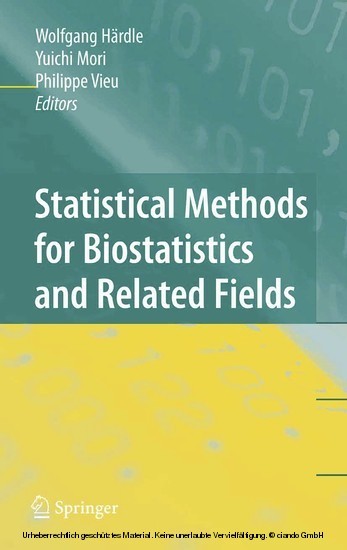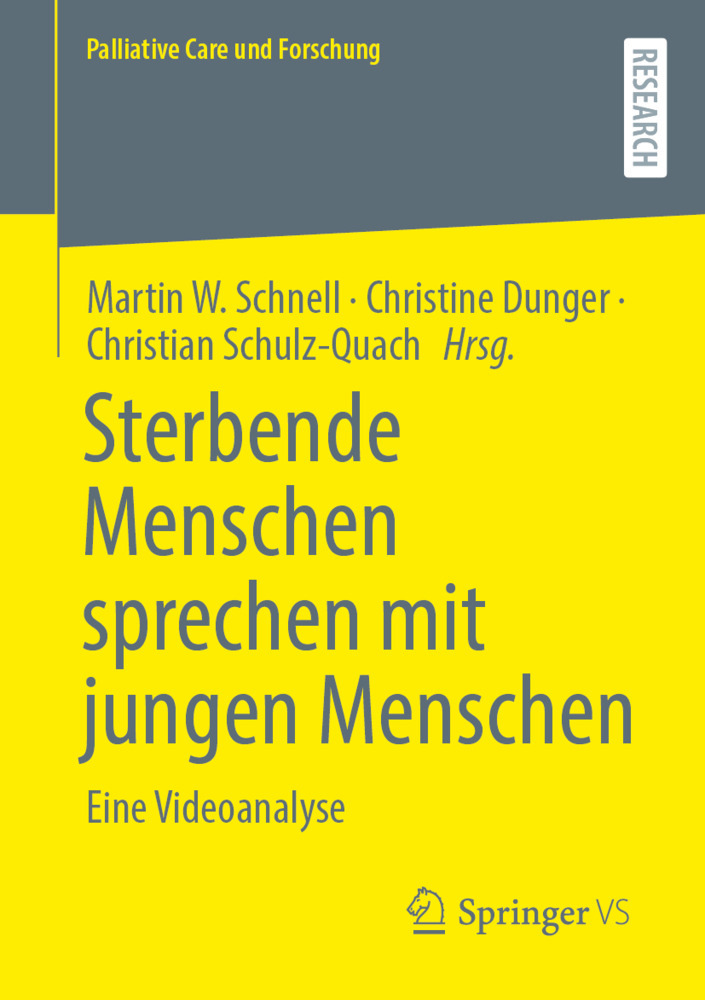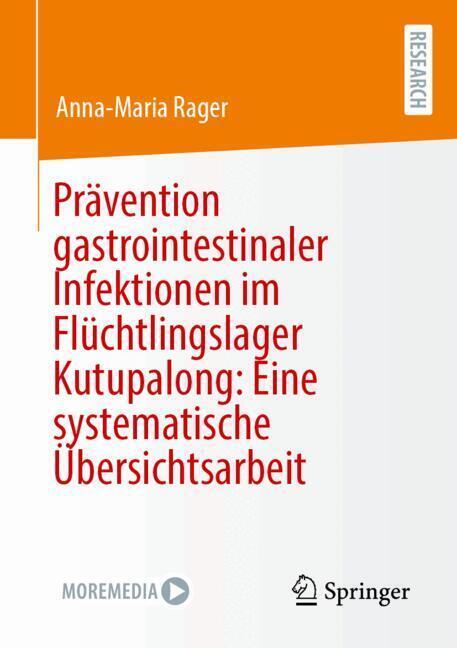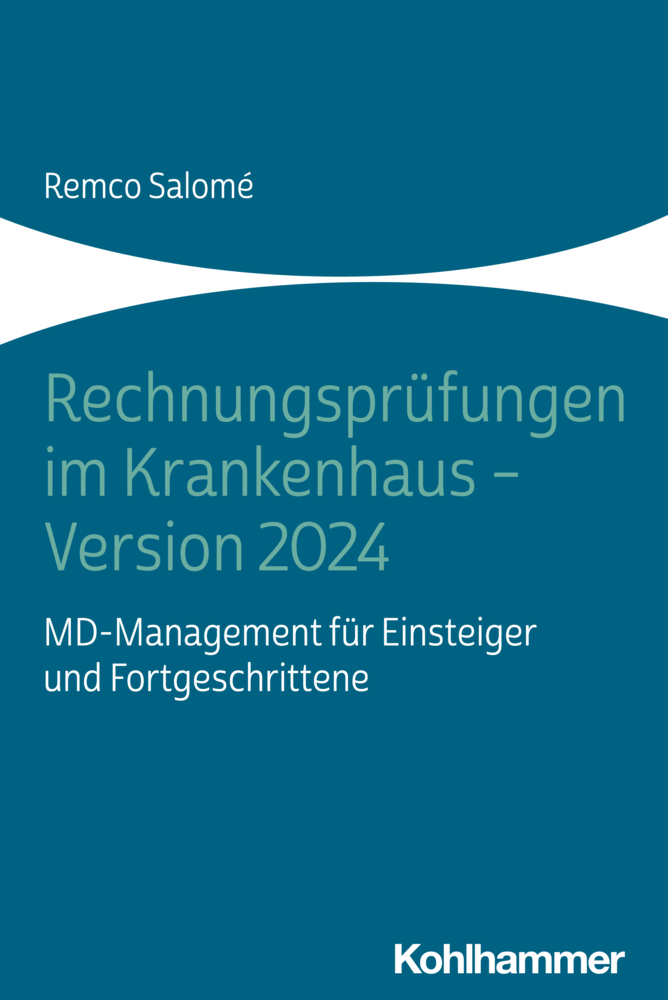Epidemiology and Biostatistics
An Introduction to Clinical Research - The Textbook and The Workbook
Epidemiology and Biostatistics
An Introduction to Clinical Research - The Textbook and The Workbook
This set contains two books:
The textbook is a concise introduction to epidemiology and biostatistics written specifically for medical students and first-time learners of clinical research methods. It presents the core concepts of epidemiology and of biostatistics and illustrates them with extensive examples from the clinical literature. It is the only book on the market written to speak directly to medical students and first-time biomedical researchers by using language and examples that are easy to understand.
This newly updated second edition is extensively rewritten to provide the clearest explanations and examples. The book is an excellent review for the epidemiology section of the United States Medical Licensing Examination Part I which all medical students must take at the end of the second year.
Alongside the textbook is the the workbook that is designed to teach the major fundamental concepts in Epidemiology, Biostatistics, and clinical research design alongside the textbook "Epidemiology and Biostatistics, 2nd Edition". It is written in concise and organized fashion with many examples to illustrate the concepts deriving from a collection of written materials created to teach Epidemiology and Biostatistics to medical students. The major differences from related titles include a "story" based approach toward teaching the material, relative brevity while maintaining focus on key concepts, and taking the perspective of first-time learners (avoiding and/or clearly defining jargon, using clear common-sense language). It features a variety of questions: long, short, and multiple choice questions. The workbook is made to provide students with the tools necessary to form their own informed conclusions from the clinical research literature.
2. General Considerations in Clinical Research Design
3. Case Reports and Case Series
4. Cross-Sectional Studies
5. Cohort Studies
6. Case-Control Studies
7. Randomized Trials
8. Misclassification
9. Introduction to Confounding
10. Methods to Control for Confounding
11. Effect Modification
12. Screening
13. Diagnostic Testing
14. Genetic epidemiology
Part 2. Biostatistics
15. Summary Measures in Statistics
16. Introduction to Statistical Inference
17. Hypothesis Testing
18. Interpreting Hypothesis Tests
19. Linear Regression
20. Non-Linear Regression
21. Survival Analysis
22. Interpreting Data in Journal Articles
References
Author Index
Subject Index.
The textbook is a concise introduction to epidemiology and biostatistics written specifically for medical students and first-time learners of clinical research methods. It presents the core concepts of epidemiology and of biostatistics and illustrates them with extensive examples from the clinical literature. It is the only book on the market written to speak directly to medical students and first-time biomedical researchers by using language and examples that are easy to understand.
This newly updated second edition is extensively rewritten to provide the clearest explanations and examples. The book is an excellent review for the epidemiology section of the United States Medical Licensing Examination Part I which all medical students must take at the end of the second year.
Alongside the textbook is the the workbook that is designed to teach the major fundamental concepts in Epidemiology, Biostatistics, and clinical research design alongside the textbook "Epidemiology and Biostatistics, 2nd Edition". It is written in concise and organized fashion with many examples to illustrate the concepts deriving from a collection of written materials created to teach Epidemiology and Biostatistics to medical students. The major differences from related titles include a "story" based approach toward teaching the material, relative brevity while maintaining focus on key concepts, and taking the perspective of first-time learners (avoiding and/or clearly defining jargon, using clear common-sense language). It features a variety of questions: long, short, and multiple choice questions. The workbook is made to provide students with the tools necessary to form their own informed conclusions from the clinical research literature.
Part I. Epidemiology
1. Measures of Disease Frequency2. General Considerations in Clinical Research Design
3. Case Reports and Case Series
4. Cross-Sectional Studies
5. Cohort Studies
6. Case-Control Studies
7. Randomized Trials
8. Misclassification
9. Introduction to Confounding
10. Methods to Control for Confounding
11. Effect Modification
12. Screening
13. Diagnostic Testing
14. Genetic epidemiology
Part 2. Biostatistics
15. Summary Measures in Statistics
16. Introduction to Statistical Inference
17. Hypothesis Testing
18. Interpreting Hypothesis Tests
19. Linear Regression
20. Non-Linear Regression
21. Survival Analysis
22. Interpreting Data in Journal Articles
References
Author Index
Subject Index.
Kestenbaum, Bryan
| ISBN | 978-3-030-00279-4 |
|---|---|
| Artikelnummer | 9783030002794 |
| Medientyp | Buch |
| Auflage | 1st ed. 2019 |
| Copyrightjahr | 2018 |
| Verlag | Springer, Berlin |
| Umfang | 300 Seiten |
| Abbildungen | Approx. 300 p. 20 illus. in color. 2 volume-set. |
| Sprache | Englisch |

